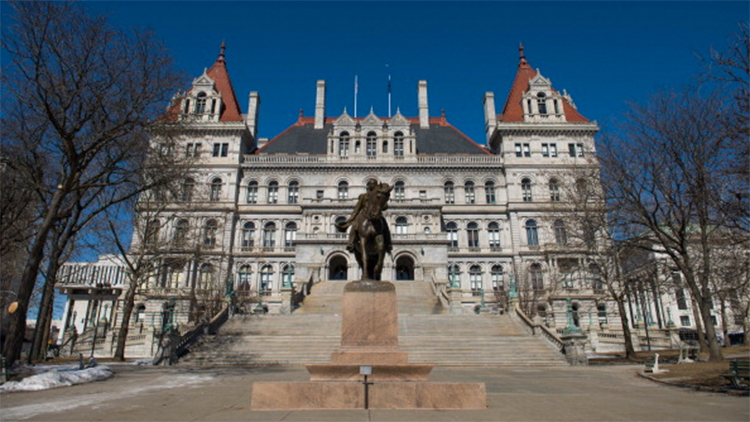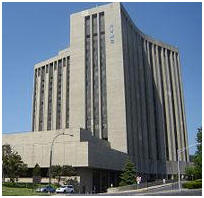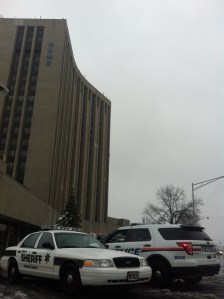Was the latest Election Day vote a triumph for democracy? Or Citizens United Run amuck?
Just about every political pundit was unprepared for the massive surge in voter turnout
created by this November’s Constitutional Convention vote. In fact, the Nov. 7
Ballot Proposition, which asked voters if New York State should begin the process of
amending its founding documents, created such large stand-alone voter
turnout, that it changed the face of Long Island’s political landscape for the next four
years and possibly longer.
The state’s largest public-sector unions, who successfully pushed a resounding
statewide “No” vote on the Constitutional Convention (dubbed “ConCon” for short), notably told their membership that to allow the ConCon to take place would open a Pandora’s box. Advertisements and emails warned across the state that if New York were to fall into this trap, there is no telling what kind of unrecognizable form our State Constitution would take once the lobbyists and special interests took hold of the process.
The possibility of stripping of public-sector pensions motivated many “No” voters to the polls. Now, I am a proponent of anything that drives up our always abysmal off-year voter turnout. And while I am a supporter of the labor movement (I am, in fact, a union
member myself), now that the dust has settled, have we opened a different kind of
Pandora’s box?
Has the success of the anti-ConCon movement paved the way for well-moneyed special interests who, thanks to the Supreme Court’s hyper-controversial 2010 Citizens United decision, can now spend unlimited amounts of money to effect electoral outcomes, place a stranglehold over the electorate, and sway opinion to achieve their own selfish needs?
Exhibit A: On Oct. 6, prior to a flood of money from organized labor, a Siena College poll showed voters were leaning “Yes” on the ConCon by a 44/39 Margin. Then, something remarkable happened, once the barrage of television commercials, member-to-member contact and direct mail began in earnest, public opinion switched dramatically. By Nov. 1, according to the same Siena College pollsters, “No” was walloping “Yes” by a 57/25 margin. This was an accurate predictor of the final result, where “No” crushed “Yes” by a 77/15 Margin.
Exhibit B: Whatever your political persuasion, the ConCon gave you something to like,
and something to hate on Election Night. The majority of the voters who turned out for
the ConCon who don’t normally vote in off-year races were very likely from union
households. These households look different depending where you live. On the South
Shore of Nassau County, these were healthcare workers and teachers who helped
propel Laura Gillen into the Hempstead Supervisor seat and Laura Curran to the
Nassau County Executive’s post. On the North Shore, a labor household universe predominantly composed white, blue collar workers, helped Joe Saladino retain power in Oyster Bay and helped elect Chad Lupinacci in Huntington, giving that town to the Republicans for the first time in a quarter century.
No matter what way you slice it, the ConCon successfully created an electorate we have never seen before, and the unintended consequences of this advocacy effort had seismic impacts.
As a result of this, I ask the following: Have we just given other well-moneyed interests – perhaps those who wish erode worker’s rights and collective bargaining – the playbook on how to successfully pervert the electorate? Or was the “No” effort simply the most effective statewide labor organizing effort in modern history, that happened to make a little bit of unintended history of its own along the way?



























